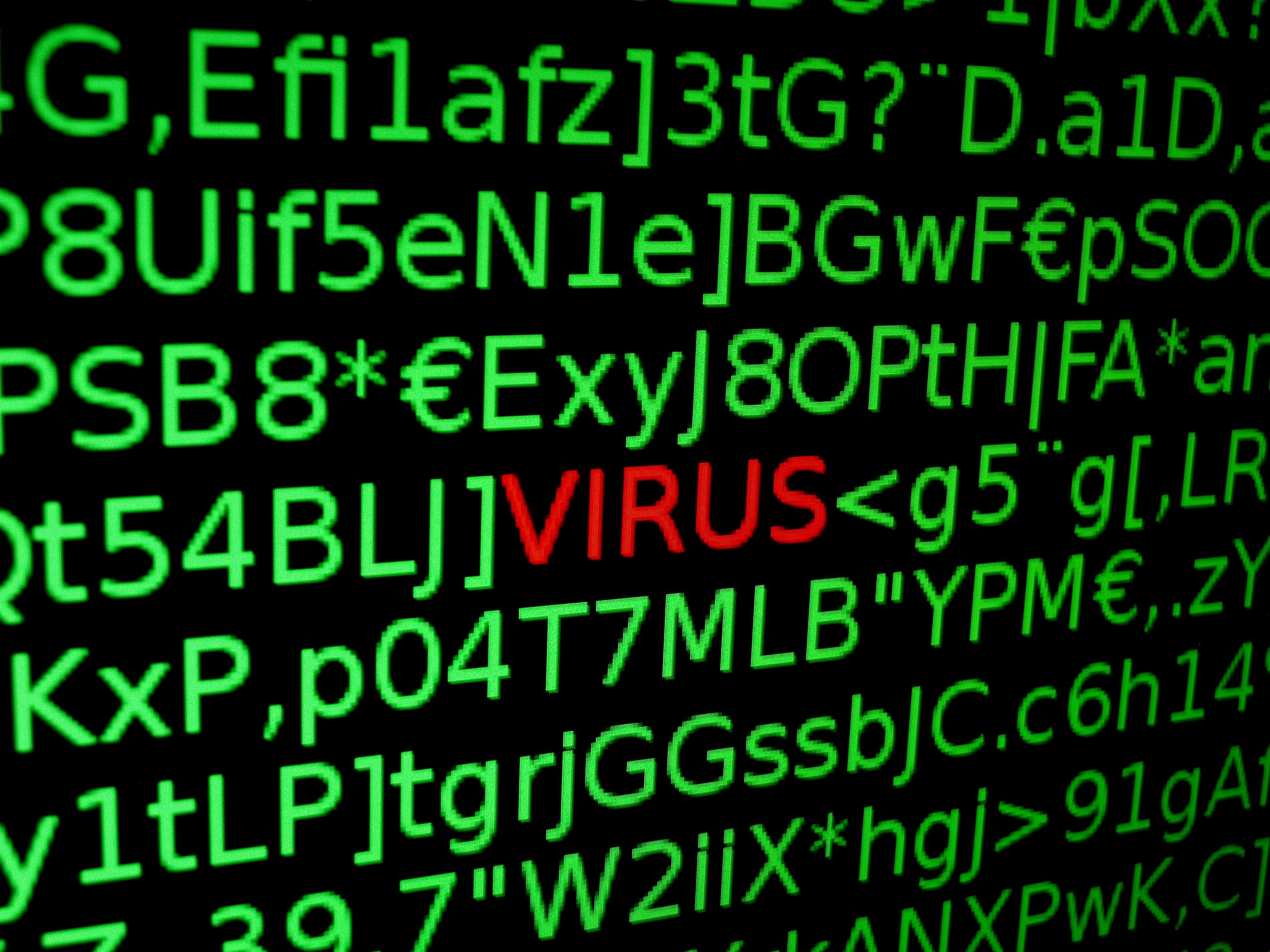Professor of Computer Science Megan Squire explains the similarities between computer viruses that can infect your computer and viruses such as coronavirus that is now spreading around the world.
The novel coronavirus 2019, or COVID-19, has captured the world’s attention, infecting hundreds of thousands around the globe and bringing businesses and many aspects of daily life to a standstill for hundreds of millions of people.

There was a time — from the late 1980s through the 1990s — that computer viruses could cause a similar paralysis as they made their way from machine to machine, relying on host machines to fuel their rampant replication and freezing the operations of computers around the world.
Professor of Computer Science Megan Squire was working at an anti-virus software company during this heyday for computer viruses. She still remembers the industry’s efforts to contain the “Michelangelo” virus that drew its name from the fact it remained dormant until March 6, the birthday of the famed Renaissance artist. The virus disrupted operating systems and once a system was infected, the virus could infect a floppy disk inserted into the machine, and travel to a new machine where it would lay dormant until March 6.
“We dreaded coming to work that day because we knew we would get so many calls from people who were infected or who were afraid they were infected,” Squire said. “That was a big, big deal.”
Squire said the concept of computer viruses and how they operate resonates more clearly with her students now that they are learning about COVID-19 and taking steps to avoid infection. There are many ways the computer viruses Squire used to combat at the anti-virus company mirror their counterparts in the biological world, particularly one such as COVID-19.
Like biological viruses, computer viruses can’t reproduce on their own, but instead rely upon a host to fuel their spread. Computer viruses were first created in the 1940s by researchers who were interested in computer programs that could replicate themselves. “The computer virus looks for a host, usually it’s a file, and that file will allow the virus to spread and infect the next person,” Squire said. “Some of the first viruses were intended to be in the lab, and then the idea got out and people realized they could do trolling or use viruses for negative behaviors as well.”
Squire points to similarities between the public health response to COVID-19 and how computer owners can keep their own machines virus-free. Take social distancing, which has people staying at home or at least six feet away from each other. “Back in the day, viruses came into a machine by swapping disks with people — that was the main transmission way,” Squire said. “All of those things are similar to social distancing measures we’re hearing now.”
But while viruses are still malicious, they don’t pose the greatest threat to modern computer users, who are more at risk to be infected with other malware or ransomware. Squire said she is also seeing instances of bad actors using the COVID-19 outbreak to spread malware and ransomware.
For instance, she’s seen apps purporting to offer information about COVID-19 used to allow for tracking or stealing personal information. Additionally, some are now using ransomware to attack hospitals that may be more likely to pay the ransom to have their information technology restored given the pressures they are under to treat COVID-19 patients and respond to the outbreak.
“That’s very, very concerning, that a hospital that is already at capacity and trying to help sick people is now as risk of having its systems locked by someone who wants a Bitcoin,” Squire said.



